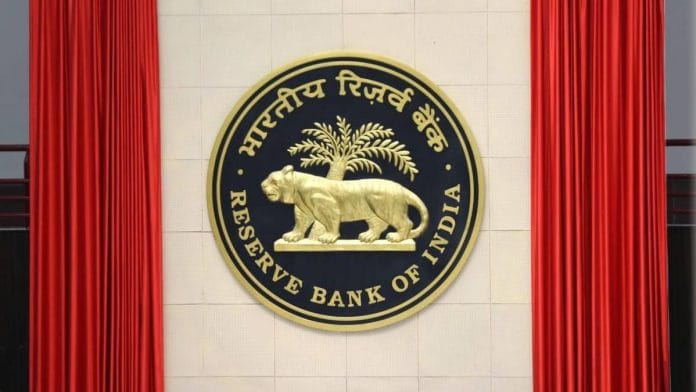New Delhi: While the health of banks has been improving with the levels of both Gross and Net Non-Performing Assets (NPAs) falling to multi-year lows, the Reserve Bank of India (RBI) has also noted an unwelcome trend in the increase in loan write-offs as a proportion of Gross NPAs.
In December 2022 edition of its Financial Stability Report released Thursday evening, the RBI said a combination of regulatory measures undertaken since the onset of the COVID-19 pandemic and banks’ own efforts to strengthen capital base and reduce NPAs has resulted in their balance sheets improving substantially.
“The GNPA (Gross NPA) ratio of Scheduled Commercial Banks (SCBs) continued to decline and stood at a seven-year low of 5.0 per cent in September 2022,” the report noted. “The net non-performing assets (NNPA) ratio stood at a ten-year low of 1.3 per cent, wherein PVBs’ (private banks) NNPA ratio was below 1 per cent.”
While GNPA stands for total of all the loan assets unpaid by borrowers within three months, NNPA is the amount remaining after deducting doubtful and unpaid debts from GNPA. Both these ratios act as a measure of a bank’s health — the lower the better.
However, the RBI also noted that loan write-offs — a technical requirement by the central banker — have been rising as a proportion of GNPAs, breaking a trend of two years.
“Meanwhile, the write-offs to GNPA ratio increased during H1:2022-23 (April-September 2022) on an annualised basis, after declining for two consecutive years,” the report said.
Writing-off loans are a normally prudential activity mandated by the RBI where once the bank makes provisions for the bad loan, the remaining amount is moved off the balance sheet in order to improve the bank’s ability to lend again.
The government has gone to some lengths to explain that write-offs are different from loans waivers since the former are mandated by the RBI and the latter are a politically-motivated move. However, the other major difference is that write-offs are recoverable while waivers are not. This is a key difference, but only as long as recoveries of written-off loans indeed take place.
Government data presented to Parliament paints a mixed picture on this. While the proportion of written-off loans recovered each year has been improving, the proportion still remains very low.
An analysis of data presented by Minister of State for Finance Bhagwat Karad to the Rajya Sabha in the Monsoon session of Parliament shows that recoveries made up 22.9 per cent of the loans written-off in 2021-22, up from 8.2 per cent in 2017-18.
However, while looked at in a consolidated manner, data presented to Parliament in the Winter session shows that while SCBs wrote-off Rs 10.09 lakh crore in the last five financial years (2017-18 to 2021-22), they have recovered only Rs 1.32 lakh crore from these written-off accounts, which is just over 13 per cent.
Other than this, however, the other indicators of banks’ health have been improving, the RBI report finds.
“The quarterly slippage ratio, which had been rising since December 2021, cooled off during Q2:2022-23, with considerable improvement recorded by PSBs (public sector banks),” it noted. “The provisioning coverage ratio (PCR) has been increasing steadily since March 2021, and reached 71.5 per cent in September 2022. The PCRs of PVBs and FBs (foreign banks) exceeded 75 per cent.”
While the slippage ratio denotes the rate at which good loans become bad or stressed, the provision coverage ratio refers to the ratio of a bank’s funds it sets aside to cushion the blow from loans that are not repaid. A lower slippage ratio is better and higher PCR is better for a bank’s health.
(Edited by V. S. Chandrasekar)
Also Read: Canara Bank row has politicians mixing up loan write-offs with waivers. Here’s how they’re different






